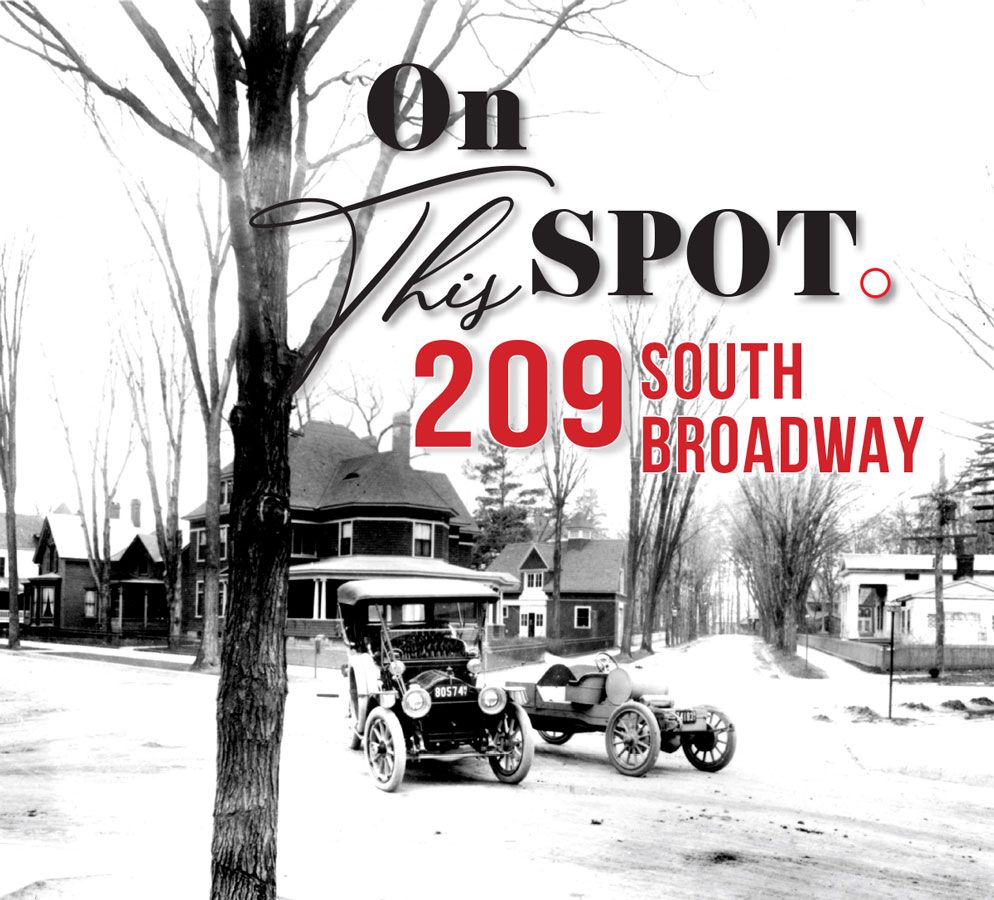
Written by Carol Godette | Photos provided (Unless Noted)
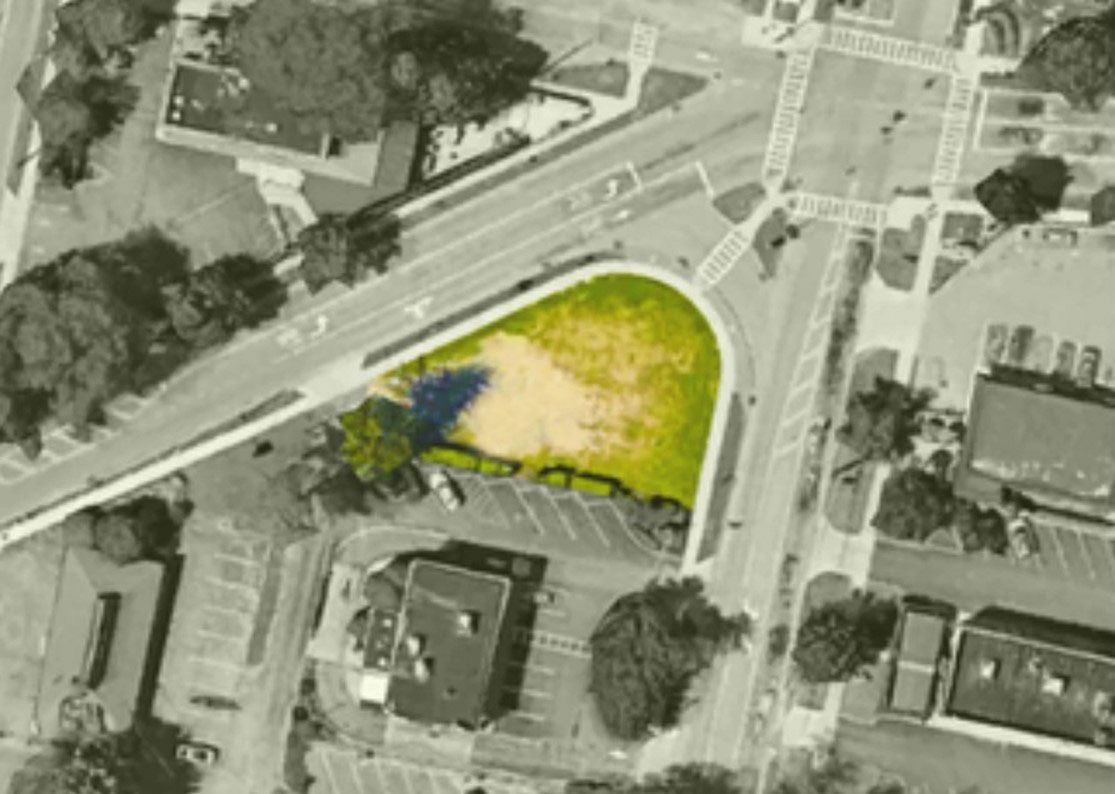
The triangle-shaped parcel of land at the five-point intersection of South Broadway, Circular Street, and Ballston Avenue has had many reincarnations, each defining and mirroring an era in Saratoga's rich history.
Saratoga had been inhabited by the Algonkian people known as the Mohicans for over 10,000 years. The Iroquoian-speaking Mohawks arrived around 1500 years ago, and the Algonkian-speaking Abenaki arrived about 1600. But we have no record of their early activity on this triangle before their forced removal.
John Bevan's c1850 map labels the area of 209 South Broadway, which was at that time part of the vast urban estate of Dr. John Clarke, "Indian Camp." Margaret Bruchac's educational guide for the 2019 Saratoga Native American Festival elaborates on the term in this excerpt:
Saratoga Springs and Ballston Spa became popular destination resorts for American and European tourists who came to stay at the grand hotels, drink the spring waters, and promenade around the towns and parks. With encouragement from residents, "Indian Camps" were set up in town parks, and Native artisans - mostly Mohawk, Mohican, Oneida, and Abenaki - began regular jaunts to these locales every spring to publicly market their wares through the summer and fall.
Native American researcher Gerry Biron's blog identifies an 1848 encampment "located where Broadway and Ballston Avenue meet."
Historical accounts of the smell of ash splint baskets filling the air; the sight of colorful beaded souvenirs, bows, and leather moccasins displayed in the wooden booths; and the sounds of rifle range competitions leave me longing for time travel!
The parcel appears to have been vacant decades after the encampment moved to Congress Park.
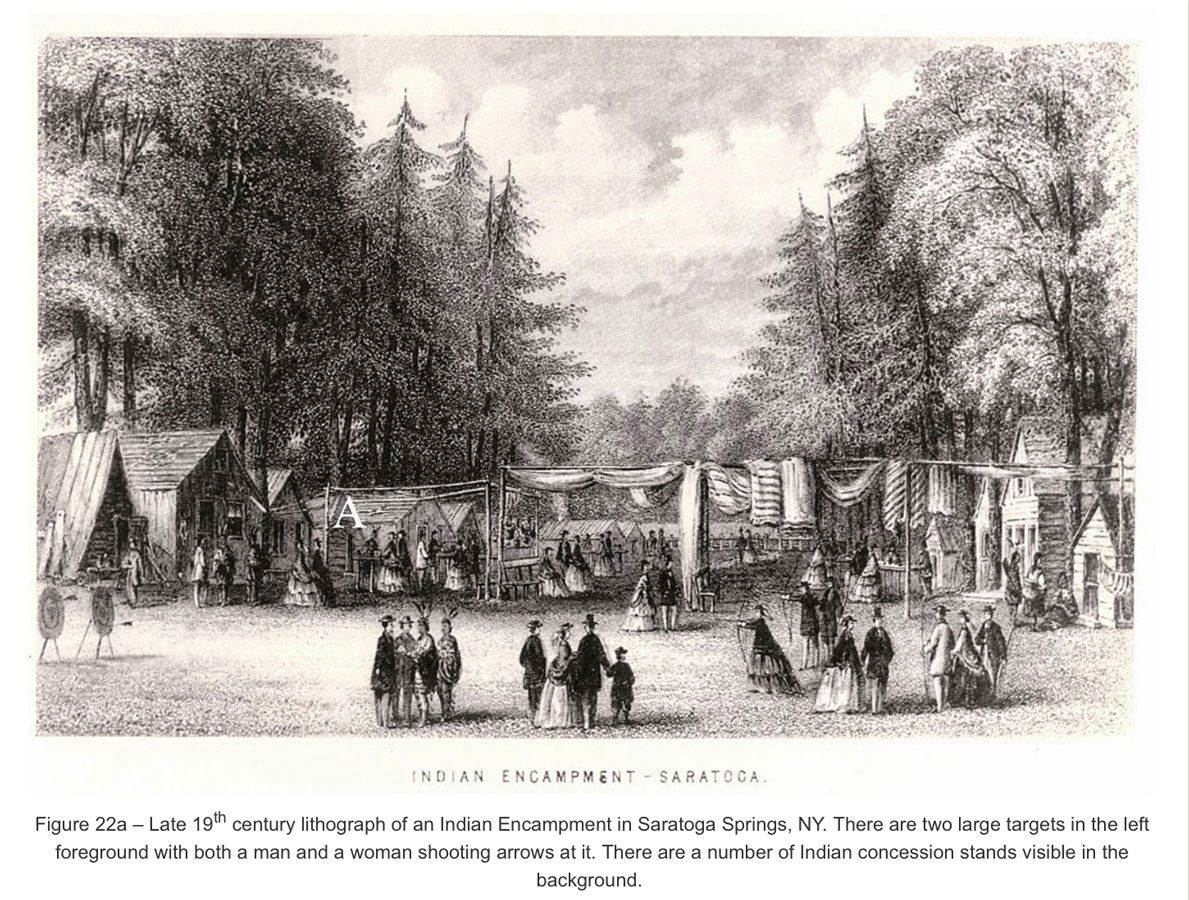
This late 1800s lithograph illustrates the Indian Encampments that were popular tourist attractions.
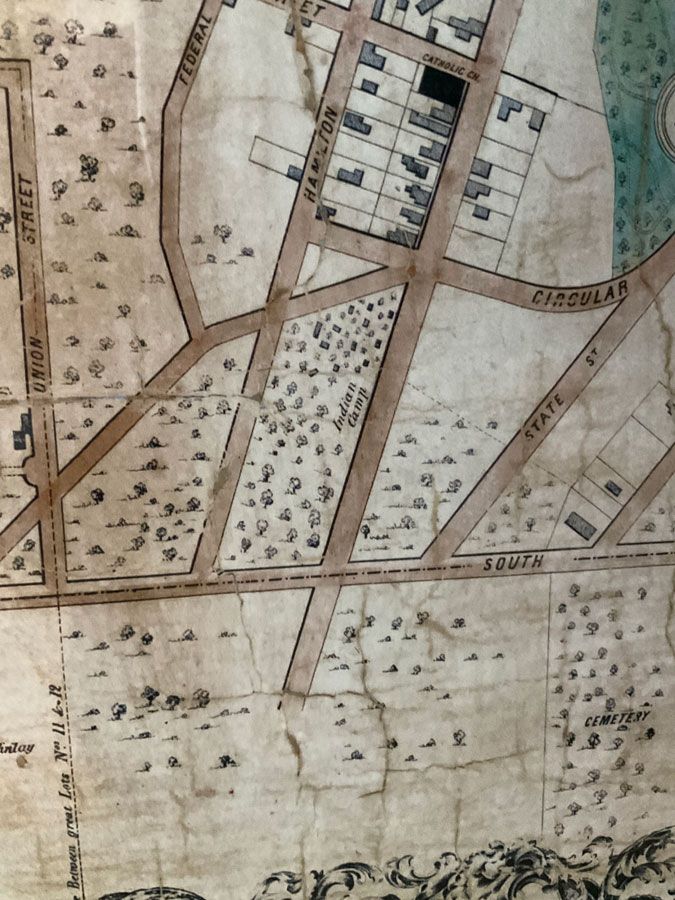
Bevan’s c. 1850 map illustrates the five point intersection of 209 South Broadway.
Note the label of “Indian Camp.”
Waiting for Rebirth
At the turn of the century, Saratoga was the go-to destination for wealthy tourists. "The Broadway/Ballston Avenue corner was a particularly desirable residential location." Area businessman Julius Jackson capitalized on this trend by hiring architect R. Newton Brezee, known for his Queen Anne-style homes, to construct a three-story cottage on the site. As a result, the Jackson family could enjoy a panoramic view of tourists motoring by, either on their way to Saratoga Lake, the county seat in Ballston Spa, the world-famous racetrack or the grand hotels of Broadway from the home's wrap-around porch. The heralded red-shingled, green-roofed cottage with stables was the "show place" of its surrounding residential neighborhood in 1902. The iconic home was featured in the 1905 Souvenir edition of The Saratogian.
After the 1915 opening of the Lincoln Baths, the neighborhood's character changed. Hotels and boarding houses replaced elegant cottages. Mr. Jackson died in 1919. When his widow tried to sell the property in 1935, she was only offered $15,000 for a $26,000 assessed house. Her most viable option came from Sinclair Oil Company, which was interested in leasing the property. However, their offer required rezoning the parcel of land. Heated arguments from neighbors ensued. Jackson's attorney argued, "The property ceased to be of value as a residence after the erection of a boarding house with projecting 'sleepers' on the property adjoining Mrs. Jackson's residence."
Nearby St. Peter's Church and hotel owners banded together to protest the rezoning. Dense traffic, property devaluation, and development were their primary concerns. Finally, in 1935, after much debate, the City rezoned 209 Broadway. Sadly Brezee's iconic home was razed, setting the stage for commercial development in the surrounding neighborhood.
Another rebirth
In the mid-30s, few people had cars, so filling stations were not profitable. However, oil companies felt they paid for themselves due to their "advertising value." So, regardless of profitability, in 1936, the South Broadway corner became a Sinclair Filling Station. Over the next fifty years, many owners and gas companies operated out of the service station… Bigsbee's, Perry's, Gentile's, Sousa's, and Crown Oil. Finally, with the advent of several nearby gas stations, Crown Oil decided to close the station in 1999. The gas station was razed, tanks removed, and successful remediation of the pollutants under DEC supervision was completed.
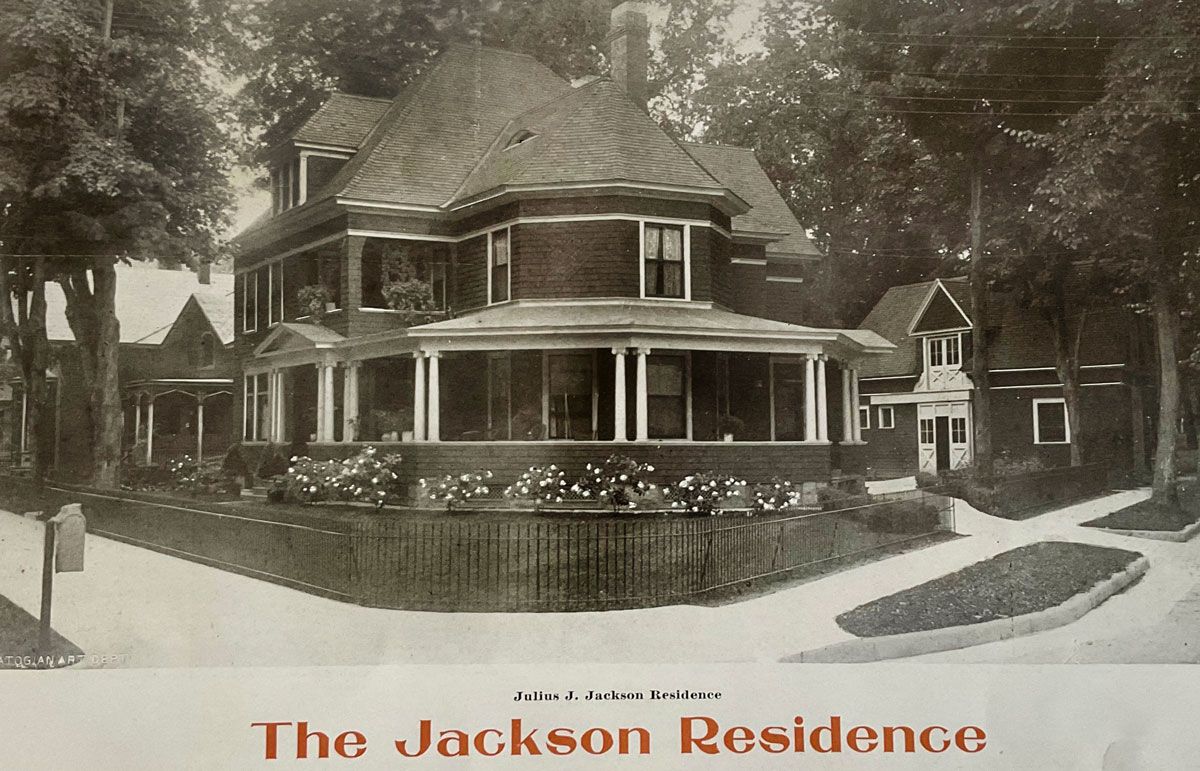
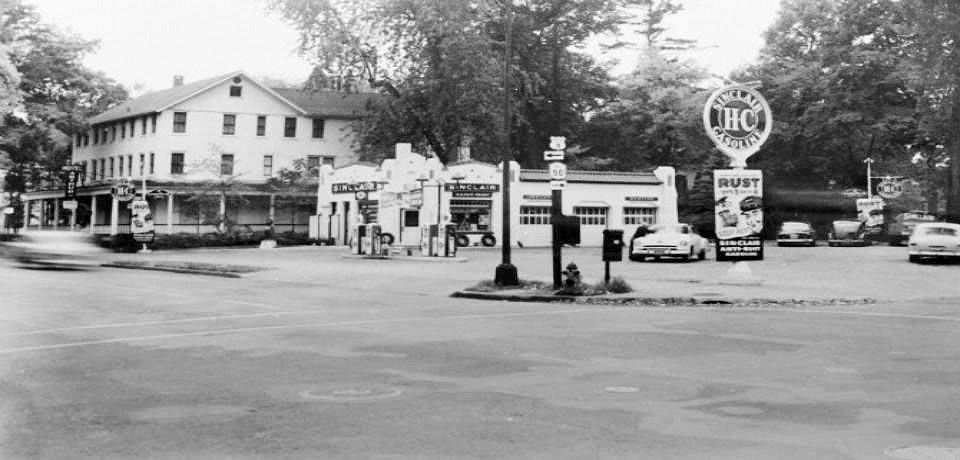
Waiting for a new life
In 2012, Sustainable Saratoga's Urban Forestry Project was working on a tree inventory to donate to the City. It hosted a public brainstorming session on greening our city landscape with large trees. They asked Saratogians to identify locations where large-growing shade trees would have the most significant beautifying impact. What was the winner? The barren former gas station parcel at 209 South Broadway. At the time, Tom Denny, chair of Sustainable Saratoga's tree effort, recalled that "people asked why one of our prominent intersections needed to look so bad." But little could be done as the parcel was privately owned.
In 2016, Mayor Joanne Yepsen persuaded the landowner, David Eshaghian of Crown Oil, to give this property to the City. The Mayor brought Eshaghian's generous offer to the City Council but could not get a majority vote to accept the donation. It remained vacant.
As Saratoga continues to develop rapidly in the 21st century, particularly after the isolation experienced during the pandemic, residents increasingly value the small green spaces scattered through the urban core. During the pandemic isolation, Tom Denny began to think 209's desired transformation could be achieved through private efforts.
In late summer 2021, Yepsen and Denny contacted landowner Eshaghian. He agreed to donate the land to a non-profit if the Saratogians could form one. SoBro Conservancy of Saratoga was incorporated in the fall of 2021, was approved by the IRS as a 501(c)(3) tax-exempt charity in the Spring of 2022 and took ownership of 209 South Broadway at closing on July 14, 2021.
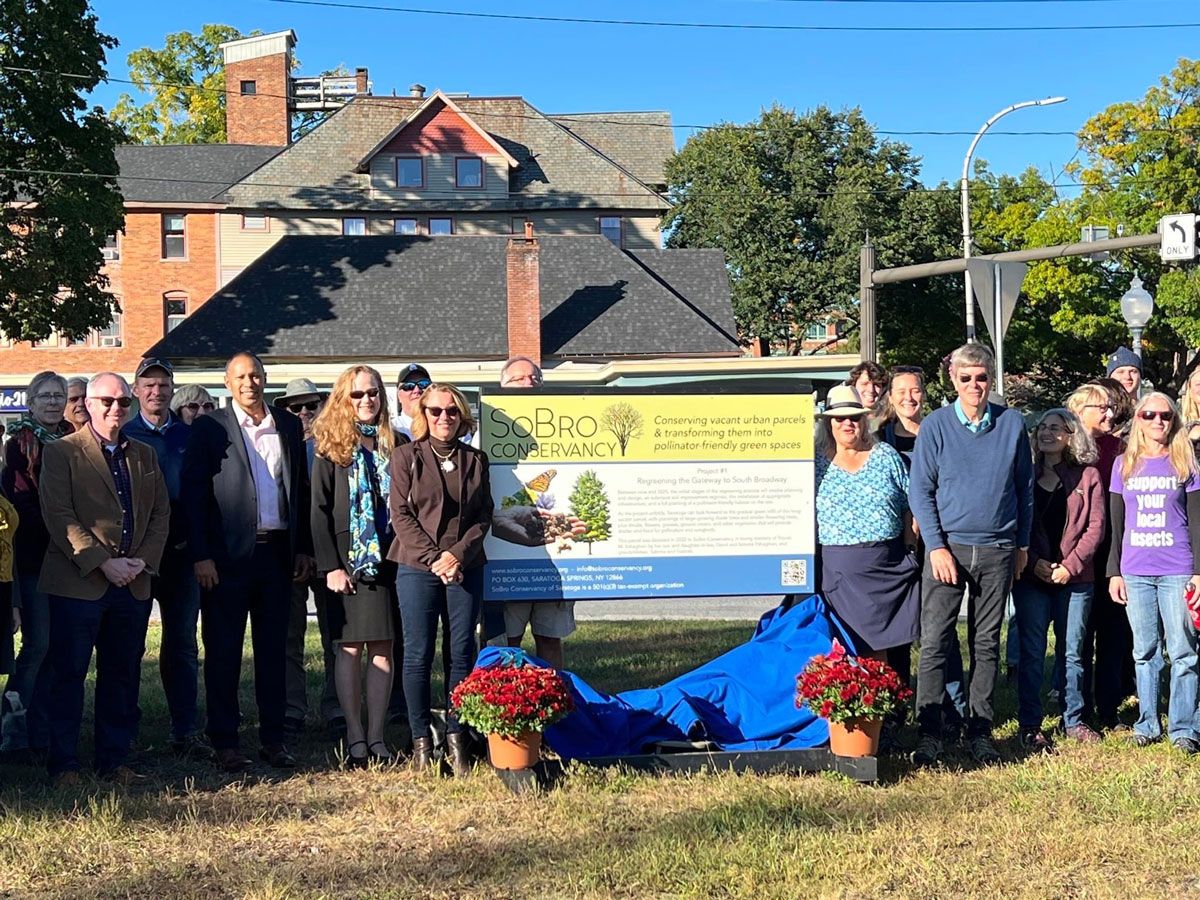

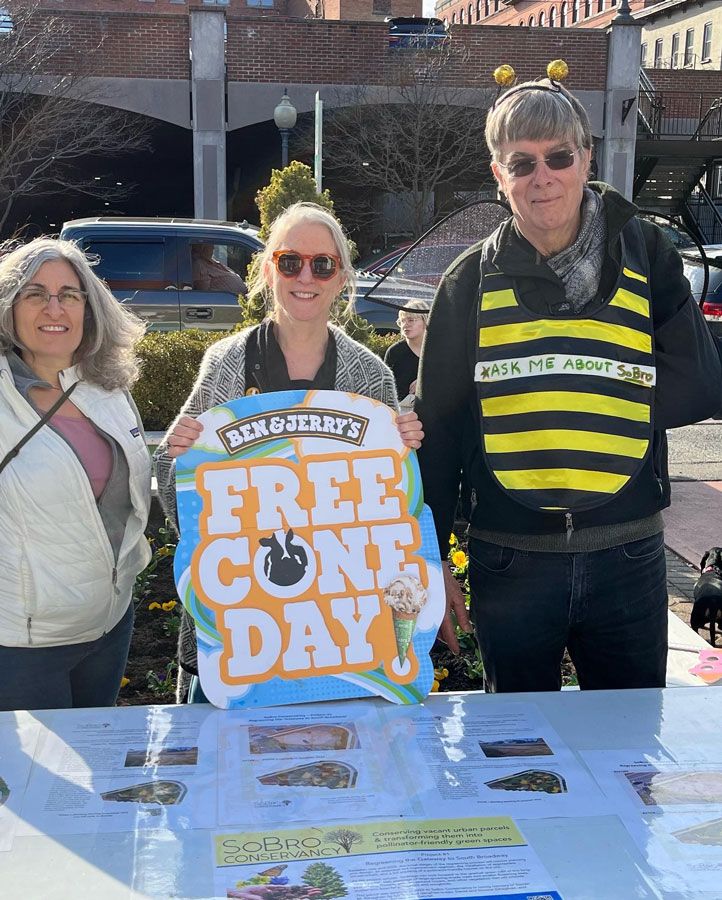
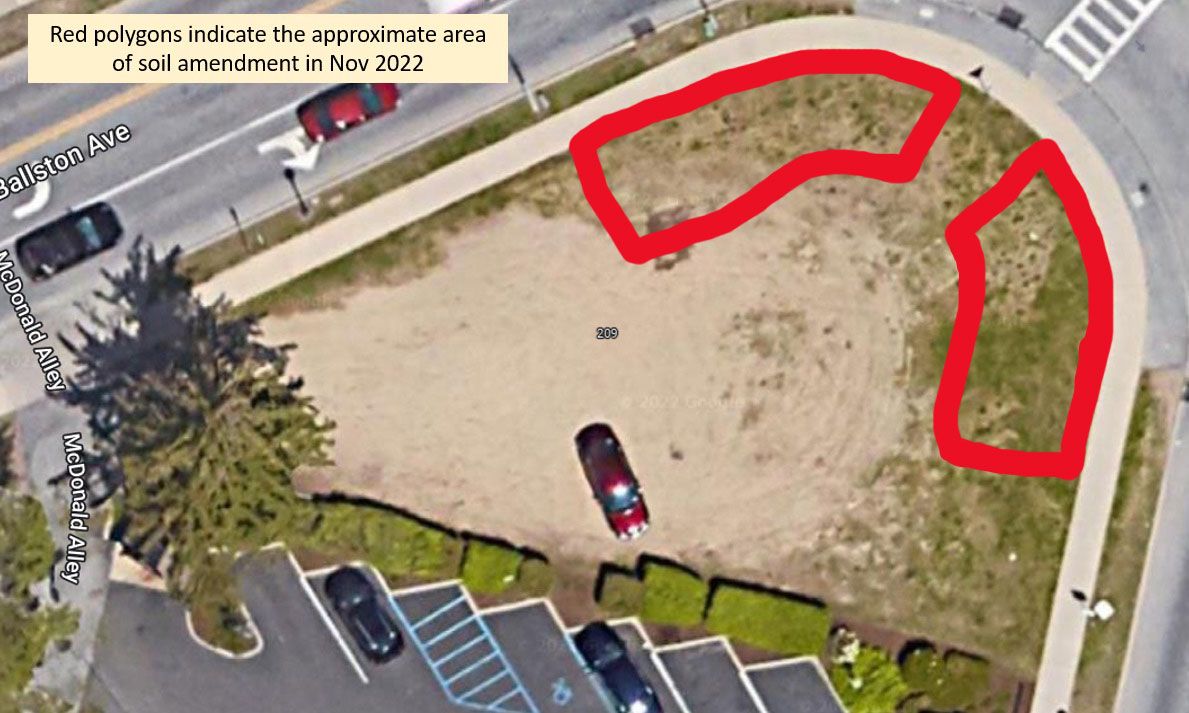
The vision is to transform this barren, compacted land into a vibrant green habitat for pollinators and songbirds while beautifying one of Saratoga's most critical commercial gateways. "The green space will create both beauty and native habitat," says Tom. "The habitat will benefit the area's bees, butterflies, and birds, which benefit humans, while beauty and educational efforts will benefit neighboring businesses and schools. Gardens were once only planted for beauty. In the 21st century, we ask them to contribute to the food web, to help stave off the extinction of insects on which the world depends, and to educate about these issues."
The SoBro Conservancy board and their passionate team of experienced pollinator gardeners are excited to meet the challenges of remediating this degraded site. They are confident that more and more people will join the project to bring success. Already the project has attracted collaborations with our local Department of Public Works, students from Skidmore and the high school, staff of local non-profits and the State Park, members of the City Council, and a broad range of talented volunteers.
This spot should have a long life in its newest form. Fortunately, the generous donation requires that this parcel remain a green space for 99 years. Therefore, the latest incarnation of 209 South Broadway will ensure this spot will thrive for many years!
Follow SoBro Conservancy's efforts on their website: sobroconservancy.org
Many thanks to Mitch Cohen for his research contributions.